I am designing an audio amplifier circuit which uses an I2S digital MEMS mic (INMP441) for picking up voice signals and an I2S class-D amplifier (MAX98357A) for amplification.
I have attached the block diagram of my design. From answers to my previous question, I now know that directly linking these two I2S slave devices as shown won't work, as they require clock signals which would be usually generated by an MCU.
My question is: How can I generate the required I2S clock signals to make those two slaves communicate, without using a microcontroller?.
